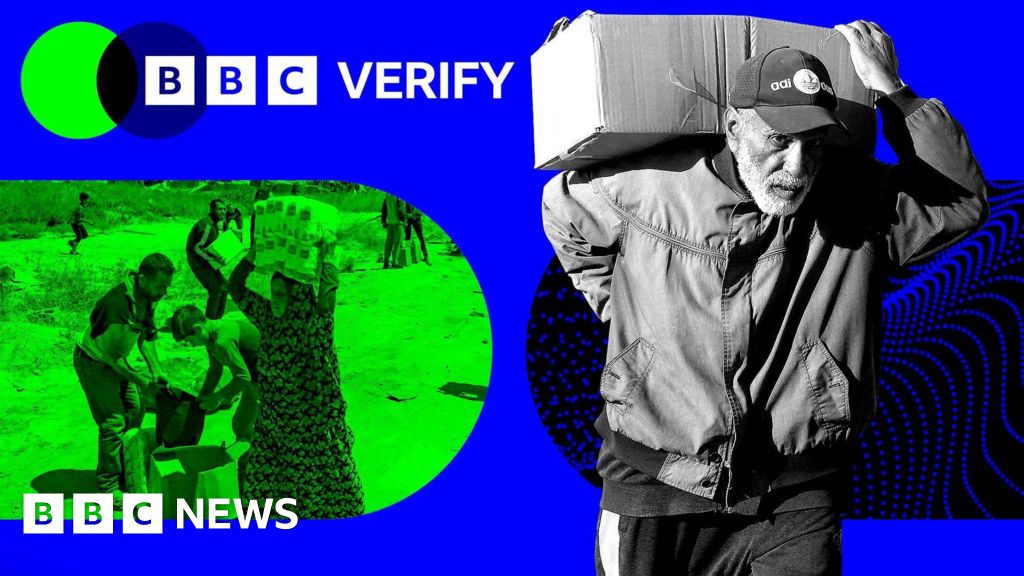Every so often, neighborhoods, towns, and cities rally together to organize Community Clean-Up Days — those events where residents roll up their sleeves, grab gloves and trash bags, and head out to tidy up parks, streets, and public spaces. At first glance, these days seem like a perfect way to boost civic pride, beautify the area, and tackle litter head-on. But the question remains: Do they really work? Are they effective in creating lasting change or just a feel-good moment that fades once the day ends?
The Immediate Impact: Visible Results and Community Spirit
There’s no denying that Community Clean-Up Days deliver immediate benefits. Trash piles disappear, parks look pristine, and streets feel fresher. The visible results are satisfying for everyone involved and send a positive message about community pride and responsibility. For many volunteers, these days also offer a chance to connect with neighbors, meet new people, and strengthen social bonds — all important ingredients for a healthy community.

Raising Awareness and Changing Mindsets
Another key benefit is raising awareness about littering, waste management, and environmental care. When people spend a day cleaning up their own neighborhood, they often gain a new appreciation for the impact of waste and the importance of proper disposal. This can spark behavioral changes — at least among those who participate — that extend beyond the clean-up day itself.
The Limits: What Happens After the Clean-Up?
However, the success of these days often depends on what happens next. If clean-up events are one-off efforts without follow-up, the same litter problems usually return. Without ongoing education, proper waste infrastructure (like bins and recycling facilities), and enforcement of anti-littering laws, the cycle of trash buildup continues. Clean-Up Days risk becoming symbolic gestures rather than sustainable solutions.
Community Clean-Up Days as Part of a Bigger Strategy
For clean-up events to truly work, they must be part of a broader, integrated approach. This includes investing in waste management systems, organizing regular community education campaigns, and empowering local leaders to maintain momentum. Partnerships with schools, businesses, and local governments can also help transform a single day of cleaning into a continuous culture of care.
They Work — When They’re More Than Just a Day
Community Clean-Up Days absolutely have value. They kickstart conversations, motivate people, and temporarily improve public spaces. But to create real, lasting change, they can’t stand alone. When combined with education, infrastructure, and enforcement, they become a powerful tool in building cleaner, healthier, and more engaged communities.
So yes — Community Clean-Up Days do work, but only if they’re part of a long-term commitment to environmental stewardship. Otherwise, they risk being just a nice story for the local news — and nothing more.

 1 day ago
4
1 day ago
4















 English (US) ·
English (US) ·